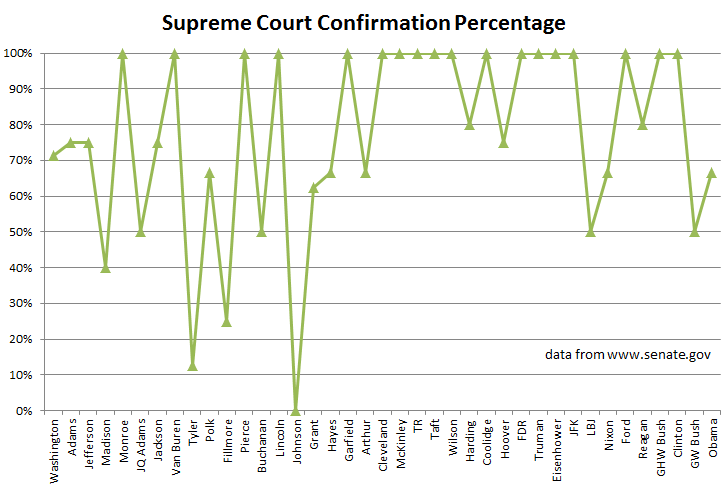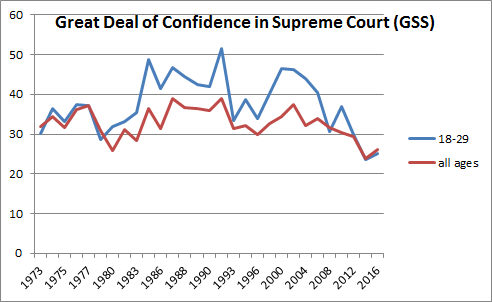- Facebook64
- Total 64
My CIRCLE colleagues are on a roll. Since October 9, they have released three reports based on their original national survey of Americans between the ages of 18 and 24:
- CIRCLE Poll: Youth Engagement in the 2018 Election
- Ahead of 2018 Midterms, A New Generation Finds its Political Voice; and
- So Much for Slacktivism, As Youth Translate Online Engagement to Offline Political Action
In addition, based on an entirely separate survey conducted with Opportunity Youth United (OYU) of 1,200 youth from socioeconomically disadvantaged backgrounds, they have released:
Some highlights, for me:
It doesn’t make sense to vote as a complete individual. If 100 million others will also vote–your voice is too small. But it does make sense to vote if you see yourself as part of a group that has a voice. CIRCLE asked whether “you are part of a group or movement that will vote to express its views.” Just 37.2% of White men said yes, versus 59.5% of young Latinas, 54% of Black men, and 46% of White women. White men were also the one group of youth who plan to vote Republican.
Women and youth of color held views that could be described as more cynical about politics and politicians. But cynicism predicted higher turnout.
We find that young people who reported feeling more cynical are actually more likely to say they are voting than those who are not: 40% vs. 26%. Importantly, being cynical about politics is not preventing young people from recognizing its importance. More than half of youth in our poll (54.8%) agree that the outcome of the 2018 elections will have a direct impact on their everyday lives, only slightly lower than 60.0% in 2016, which is remarkable given that presidential elections are generally seen as much more consequential.
These findings would suggest that young women and people of color are more energized and motivated to vote than young white men are–and that may be true overall. But the barriers to voting fall most heavily on poor youth and youth of color:
Young people, especially those from low-income backgrounds, face logistical barriers to voting, each of which may seem small, but together can make voting difficult. These barriers include having to find out where their polling place is located, not having transportation to the polling place, and having to work around their job schedule—an obstacle compounded by the fact that many have more than one job.
… For instance, a quarter of our participants had moved within the last 12 months, but of those, only 40% had changed their voter registration address. At the same time, laws and tools designed to facilitate voter participation, such as online registration and text reminders for voting, are not widely used by low-income youth.
… Many of our participants assumed (mostly incorrectly) that a variety of minor criminal offenses and past convictions would bar them from voting. For instance, when asked if someone who has a suspended driver’s license would be able to vote, 24% wrongly believed they could not, and another 42% did not know.
Some young people are apprehensive about going to the polling place because they rarely see people there that they can identify with 74% said they don’t see poll workers that “look like them,” and 87% said they do not see young people working at the polls. Relatively few actually experienced harassment at the polls, but 59% do not believe that election officials make an effort to ensure that people like them can vote.
Overall, it looks as if youth turnout will be a contest between motivated, angry, energized young people and our sometimes inaccessible and alienating electoral systems. I predict some improvement in youth turnout compared to recent midterm elections–with lots of room to improve in future years.



